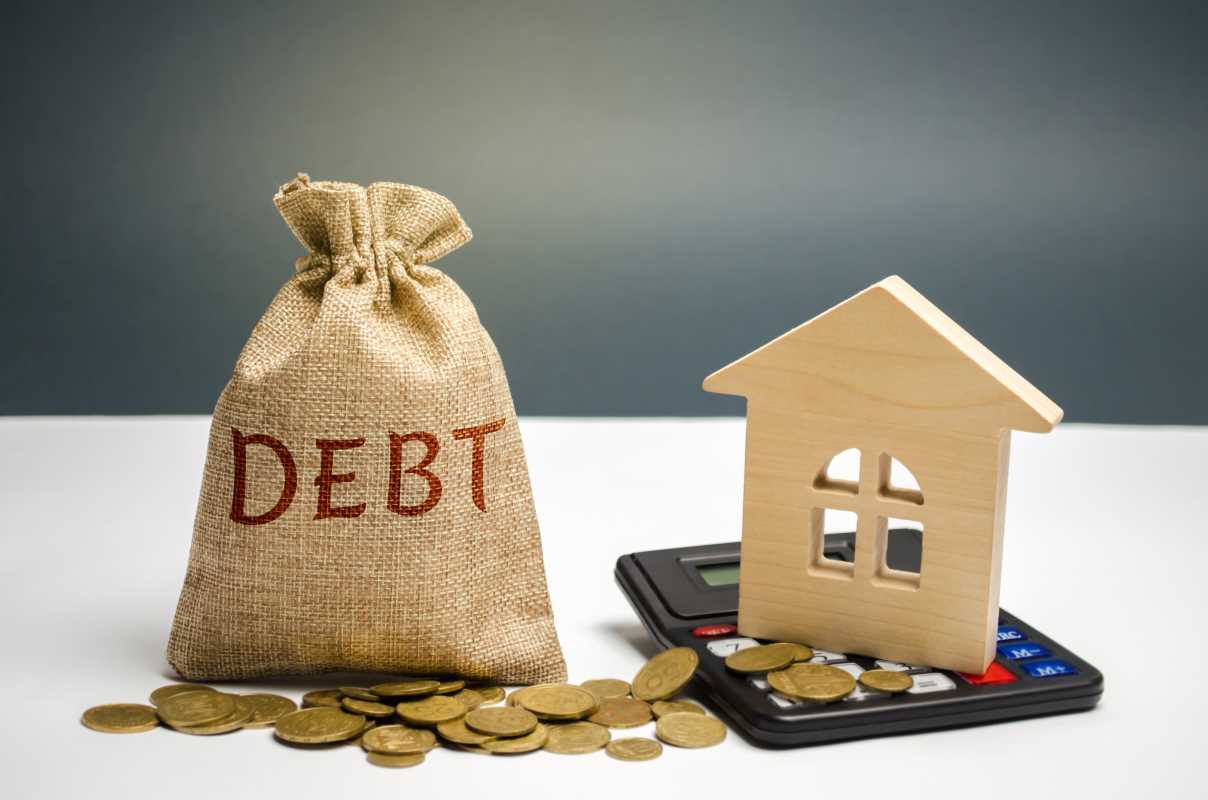Money decisions can feel overwhelming, especially when you're starting to get serious about your finances. Should you focus on building up your savings? Or is it better to pay off debt first? These are big questions, but the good news is this: there’s no one-size-fits-all answer. The right path for you will depend on your personal goals, current financial situation, and how you prioritize your needs.
Why Finding the Balance Matters
Before we jump into tips and strategies, it helps to understand why both saving and paying off debt are important.
Savings act as a safety net. Imagine your car needs an unexpected repair, or you face a medical bill you weren’t planning for. Having even a small amount in savings can keep you from falling further into debt when life throws a curveball.
On the other hand, paying off debt helps free you from the weight of interest payments. The longer debt lingers, the more you pay for it over time. Getting rid of debt means more of your income belongs to you—not your creditors.
Balancing these two priorities is key. If you put all your money towards paying down debt and skip saving, one unexpected expense can set you back. But if you focus only on saving and ignore debt, high-interest rates can eat away at your progress. It’s all about finding a mix that works best for you.
Step 1: Understanding Your Financial Picture
Your first step should be gaining clarity on where you stand. Here’s how to do it without getting overwhelmed:
- Track Your Income and Expenses: Write down everything you earn and spend during an average month. Knowing your cash flow will give you a clearer picture of what’s available for savings or debt repayment.
- List Your Debts: Make a list of all your debts, including credit cards, student loans, car loans, or personal loans. Write down the total amount, the interest rate, and the minimum monthly payment for each one.
- Evaluate Your Savings: How much do you have right now? Is there anything set aside for emergencies?
This clear snapshot will help you make informed decisions about your next steps. Remember, numbers don’t define your worth; they’re just a tool to guide you.
Step 2: Weighing Your Options
Now that you’ve got the basics down, it’s time to explore the options. Here’s a breakdown of strategies for both saving and paying off debt.
Focus on Emergency Savings First
Before aggressively paying down debt, it’s a smart idea to build a small emergency fund. Experts often suggest starting with $500 to $1,000.
Having a buffer prevents you from falling further into debt due to surprise expenses. If your car breaks down or you have to replace your phone, you can rely on savings instead of a credit card.
Automate a portion of your paycheck to a savings account every month, even if it’s just $25. Little by little, it adds up.
Tackling High-Interest Debt
Once you have an emergency fund, consider focusing on high-interest debt first, like credit card balances. Here are two popular methods to get started:
- The Avalanche Method: Pay off debts with the highest interest rate first, while making minimum payments on others. This reduces the overall amount you pay in interest.
- The Snowball Method: Start with the smallest debt and pay it off first. Once that’s cleared, roll the payment into the next debt. This method builds momentum and keeps you motivated.
Choose the approach that feels right for you. Some people love the immediate wins of the snowball method, while others prefer the long-term savings of the avalanche method.
Building Long-Term Savings
While paying off debt is crucial, don’t forget about other savings goals. Quitting debt entirely to save for retirement or big purchases might not be realistic for everyone, but there’s a way to do both.
- Employer-Sponsored Retirement Plans: If your work offers a 401(k) with a match, try to contribute enough to get the match—even while tackling debt. It’s essentially free money!
- Make Savings Routine: Set up a direct deposit into a high-yield savings account. By automating contributions, you won't be tempted to skip saving.
Balancing Both at Once
Can’t decide whether to save or pay off debt? You can actually do both! For instance:
- Devote 80% of your extra money to paying down debt, and 20% to an emergency savings fund. This way, you’re making progress on both goals.
- Adjust the ratio depending on your immediate needs and circumstances.
Step 3: Create a Personalized Plan
Here’s how to create a plan that’s realistic and suits your lifestyle:
- Set Clear Goals: Start with short-term deadlines. For example, “Save $1,000 in six months” or “Pay off Credit Card A by the end of the year.” Breaking it into smaller milestones makes it more manageable.
- Review Your Budget: Look for areas to cut back, like dining out or subscription services, and redirect that money toward savings or debt. Tracking apps like Mint or You Need A Budget can help.
- Reward Yourself for Progress: Paying off your first debt or reaching half of your savings goal is a big deal! Celebrate these moments to stay motivated.
- Stay Flexible: Life changes, and so can your plan. It’s okay to adjust when needed, as long as you keep moving forward.
Step 4: Take Action
Now that you have the knowledge, it’s time to put it into action. Here are some final, actionable steps to get you started today:
- Set Up an Emergency Fund: Open a separate savings account and transfer a small amount right now, even if it’s just $10.
- Prioritize One Debt: Choose one debt (either using the avalanche or snowball method) and focus on paying it down.
- Check Your Budget: Find one expense to cut out this month and redirect that money toward savings or debt repayment.
- Automate Savings or Payments: Set up automatic transfers so you stay on track without needing to think about it.
Balancing saving and debt repayment doesn’t have to feel like an all-or-nothing decision. By understanding your financial situation, prioritizing your goals, and making a plan, you can take steps toward a more secure future.

.jpg)





